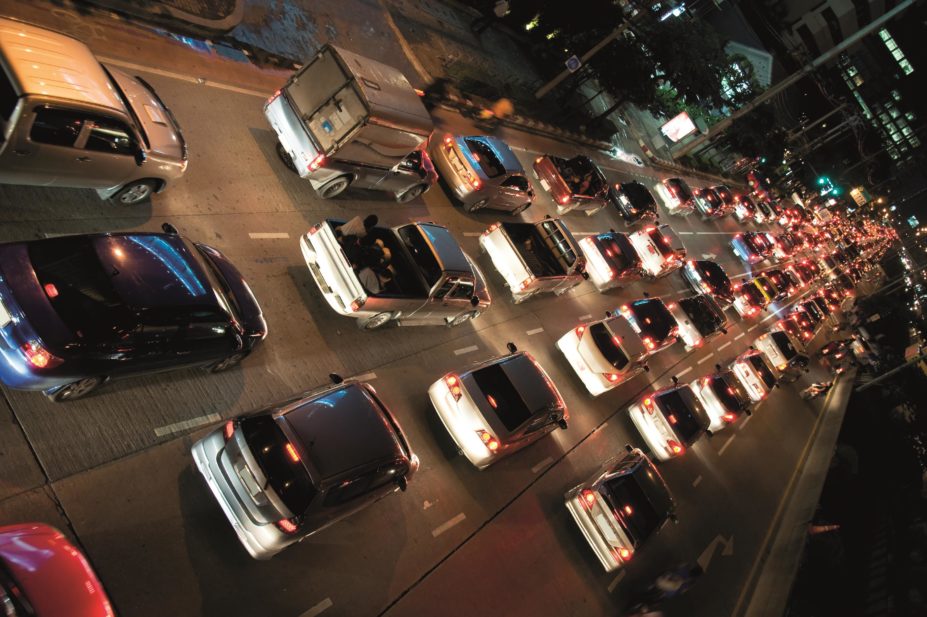
istockphoto.com
New rules about taking drugs and driving will come into force in England and Wales on 2 March 2015 in an effort to cut the estimated 200 drug driving-related deaths in the UK each year. It is already illegal to drive while impaired by drugs, but the additional legislation means that police can stop drivers and test their blood levels of 16 substances, including medicines such as benzodiazepines and morphine. In total, the UK Department for Transport estimates the move will affect around 19 million prescriptions a year.
The changes have serious consequences for those who break the law, with the penalty including a minimum one-year driving ban, a fine of up to £5,000 and a criminal record. These could have knock-on effects, such as higher insurance premiums and restrictions on travelling to certain countries, including the United States.
Understandably, the law change is likely to cause concern for patients, who may wonder if they can still drive after taking their pills, regardless of whether their medicine is one of those on the list. The Department for Transport has called on pharmacists to ensure their patients understand the rules from February 2015, and is offering campaign materials for the pharmacy and stickers for prescription bags.
In 2014, we published a learning resource from the Royal Pharmaceutical Society’s support team as a guide to the legislation changes, including the new legal limits for the drugs and how testing will be conducted. This is available online with an accompanying CPD module. Pharmacies can also register as a partner in the Department for Transport’s campaign via www.gov.uk.
These are tools to start conversations and reassure patients about the changes. The limits for medicines, for example, are set quite high, meaning patients who use their medicines as directed should not be over the legal limit. There may, however, be patients who are established on unusually high doses of the drugs in question who may fall foul of the new regulations. Importantly, patients should be made aware of the new statutory medical defence created by the law change, which protects patients who test positive if they can show the medicine was lawfully prescribed and taken in accordance with the advice given by the prescriber. But there is a remaining catch — they should be made aware that this does not extend to the existing offense of drug-impaired driving, for which there is no medical defence.
The aims of the crackdown are laudable, much like the penalties for driving when drunk, but it remains to be seen whether the threat of being caught will be enough to dissuade people from drug driving. It is to be hoped the deterrent is sufficient to warrant the worry to patients who take the affected medicines for their health.


